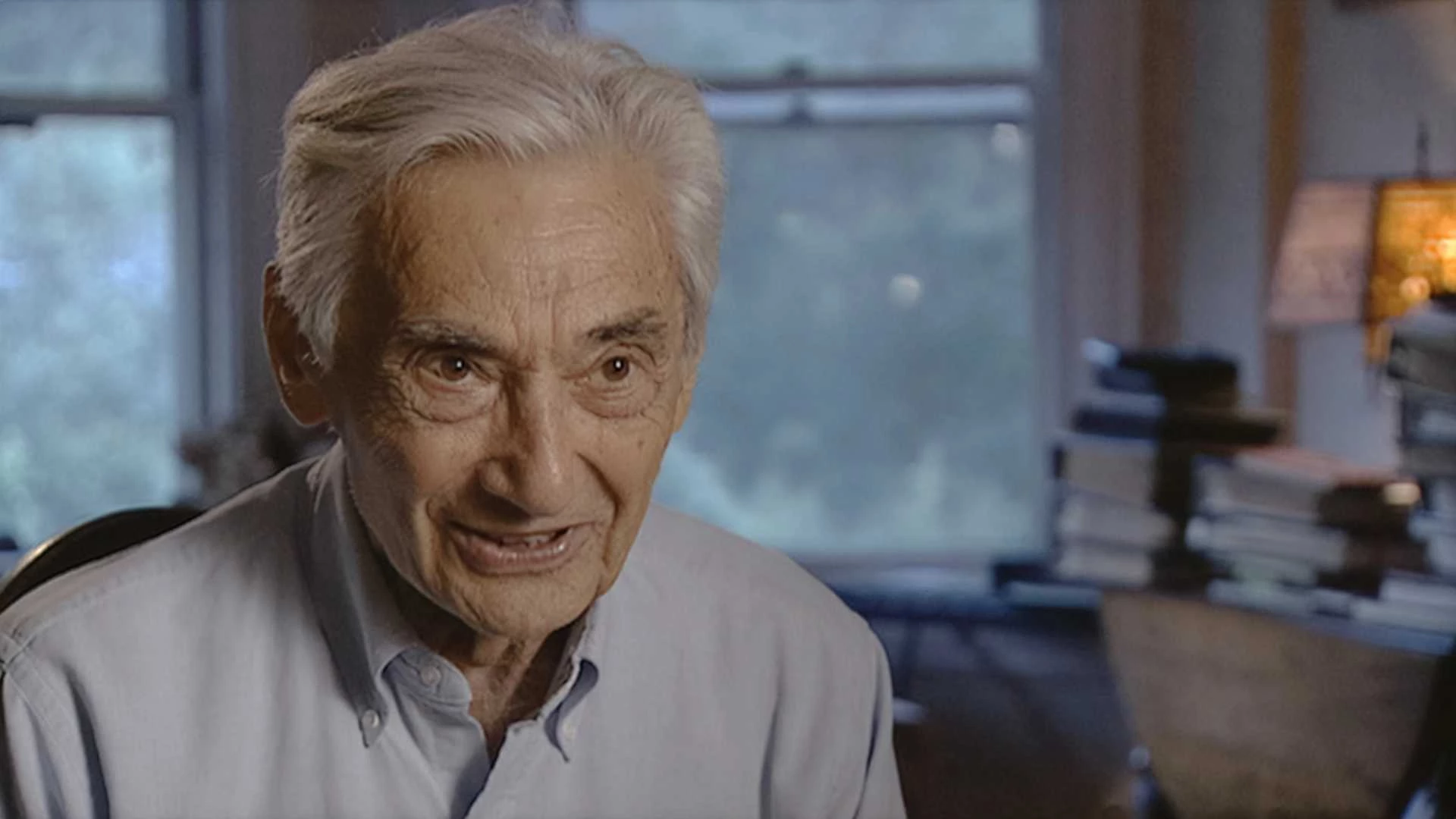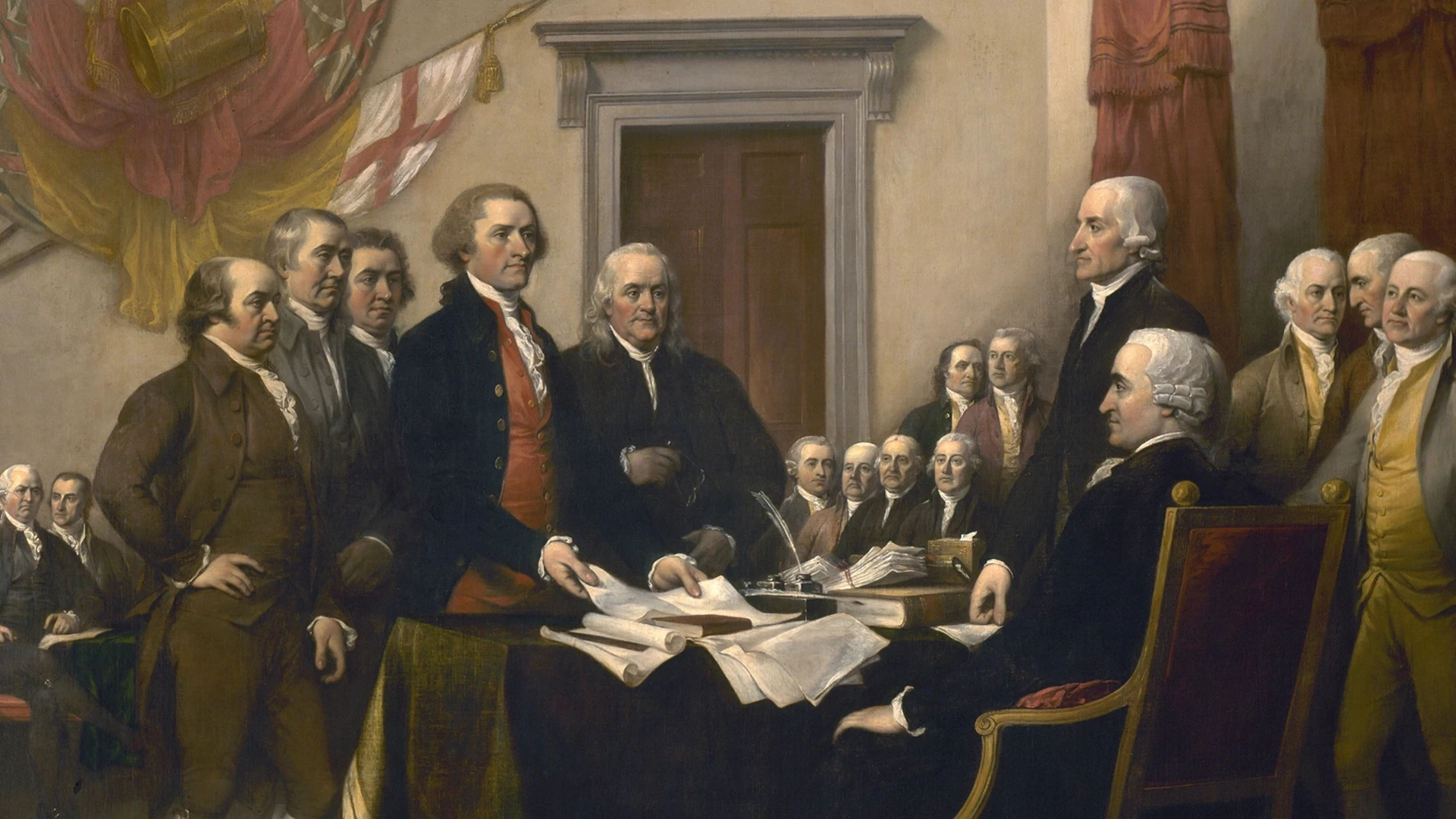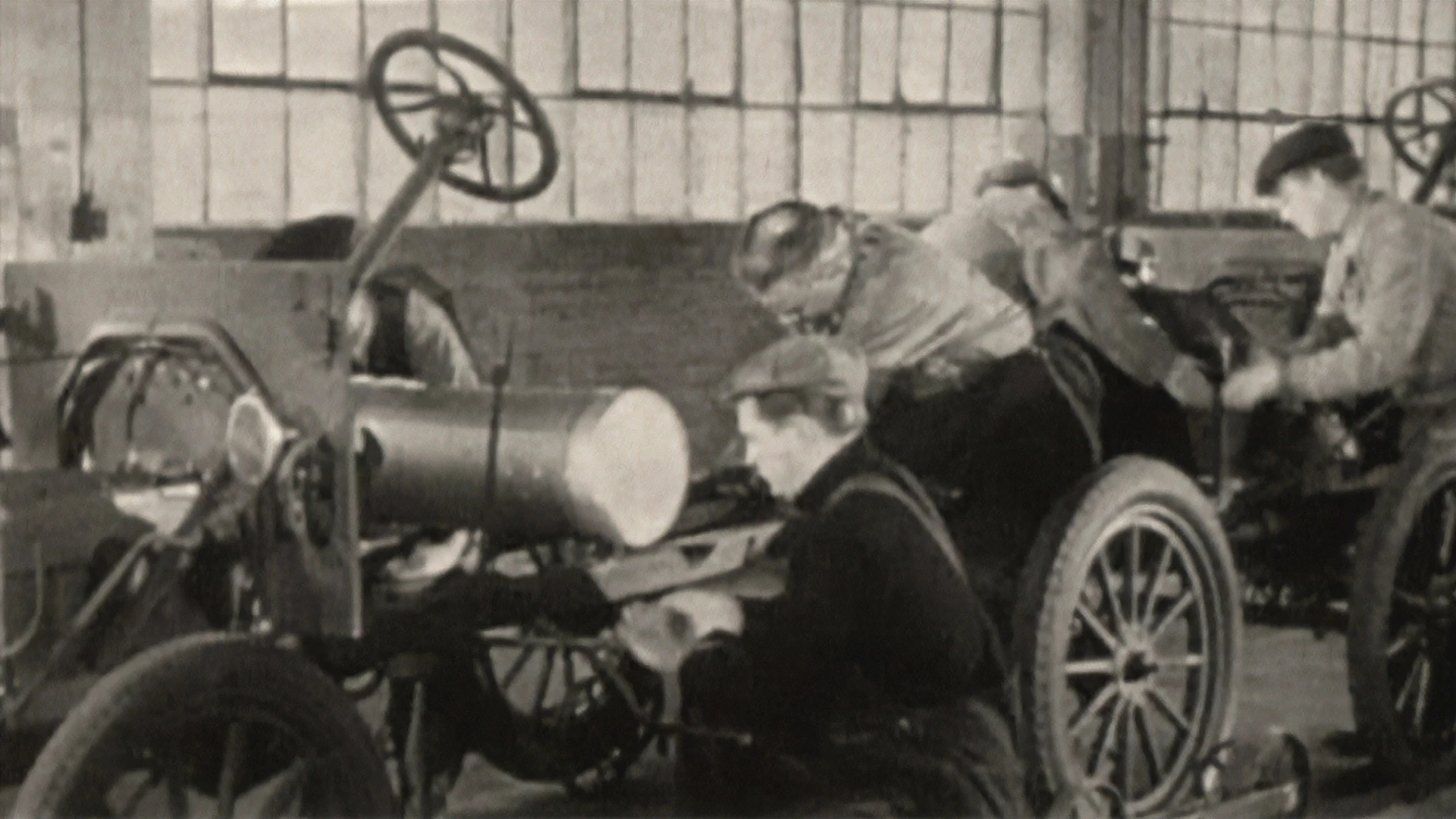Geschichte der USA | 20. Jahrhundert
World War II
Due to the global economic crisis, millions in the USA are without work. President Franklin D. Roosevelt’s reform program (New Deal) initially provides work and bread. At first, the USA stays out of the Second World War - until the Japanese attack Pearl Harbor in 1941. Germany and Japan capitulate in 1945. The victorious Allied powers, the USA, the Soviet Union and Great Britain, negotiate the post-war order. In addition to the trials of major war criminals, the USA focuses on converting the world to democracy (re-education) and economic reconstruction. The Marshall Plan brings funds and the American way of life to Western Europe – if only to contain communism in the Soviet sphere of power (containment policy). Two opposing ideologies now shape a bipolar world, formally sealed by the founding of NATO and the Warsaw Pact.
mehr
weniger
United States, America, worldwide economic crisis, Franklin D. Roosevelt, employment programs, economic reforms, Europe, radicalization, invasion of Poland, Japan, Pearl Harbor, Germany, declaration of war, weapons, arms industry, women, war propaganda, post-war order, Atlantic Charter, free elections, League of Nations, allies, invasion of Normandy, Red Army, concentration camps, Buchenwald, atomic bombs, atomic weapons, nuclear weapons, Hiroshima, Nagasaki, , occupied zones, administration, law, international court of law, Nuremberg Trials, national socialists, war crimes, crimes against humanity, re-education, democracy, Marshall-plan, reconstruction, stronghold against communism, capitalism, North Atlantic Treaty Organization, NATO, West Germany, Soviet Union, Warsaw Pact, Berlin Wall construction
Geeignet für die Fächer:
Geschichte


